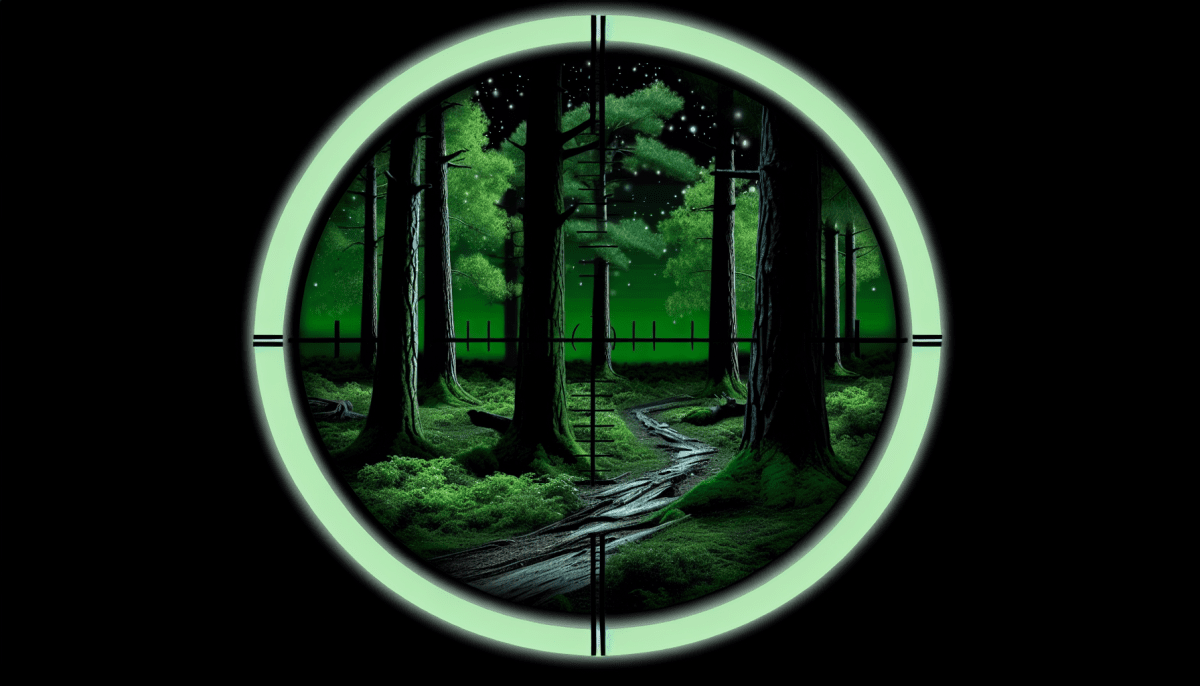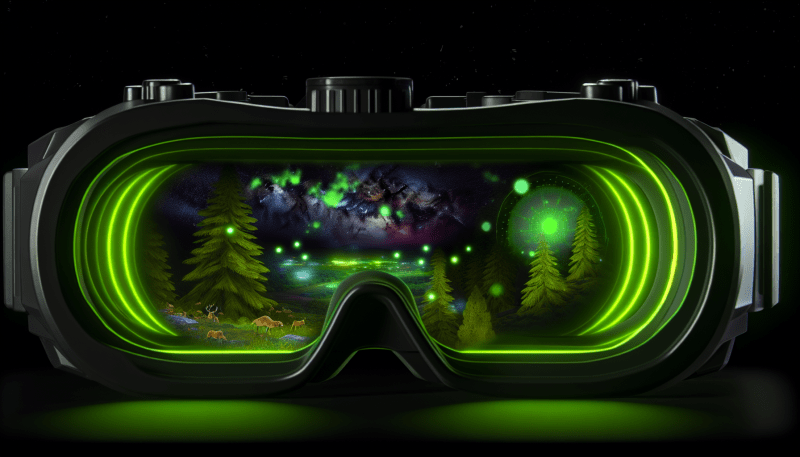When you're diving into the world of night vision binoculars, it's easy to feel overwhelmed by all the features out there. Don't worry, though! Let's break down the key features you should consider to make sure you’re picking the right pair for your nighttime adventures.
1. Generation of Night Vision: Night vision technology comes in several generations - typically from 1 to 4. Generation 1 is more affordable but offers basic performance. If you want better clarity and distance, Generation 2 or 3 is where you should be looking. Just remember, the higher the generation, the better the image quality and the price tag.
2. Magnification and Objective Lens Diameter: These two specs go hand-in-hand. The magnification tells you how close you'll see your target, while the objective lens diameter (in mm) indicates how much light the binoculars can gather. A good combo for general use is 8x42, meaning 8x magnification and a 42mm lens diameter. This setup offers a great balance for both daylight and nighttime viewing.
3. Field of View: This is all about how much of the world around you you can see through your binoculars. A wider field of view is great for spotting moving objects, especially in the dark. Look for models that specify a bigger field of view, as they’ll help you track fast-moving wildlife or enjoy wider vistas.
4. Durability and Weather Resistance: You'll want binoculars that can withstand the elements if you’re planning to use them outside. Look for features like rubber armor for a better grip and shock resistance, as well as water and fog proofing. This way, you're ready for anything—whether it's a drizzle or a bump on the trail!
Understanding Different Types of Night Vision
When it comes to night vision binoculars, understanding the various types is super important. Each type has its unique features and strengths, so knowing what works best for your needs can make a big difference. Here’s a breakdown of the main types:
1. Generation 1 Night Vision: This is the most common and affordable option out there. Generation 1 devices use basic technology to amplify light, giving you a clear view in low-light conditions. They’re great for casual use like stargazing or spotting wildlife at night. Just keep in mind that they might not perform as well in total darkness.
2. Generation 2 Night Vision: If you’re looking for a step up, Generation 2 binoculars provide better clarity and brightness. They use advanced image intensifier tubes that enhance low light capabilities. This means you can see clearer images even when the light is really low. They might cost a bit more, but they’re worth it if you want better performance.
3. Generation 3 Night Vision: For those who want the best of the best, Generation 3 is where it’s at. These binoculars are used by military and law enforcement. They offer exceptional image quality and can function in near-total darkness. While they come with a higher price tag, if you need top-notch performance, this is the way to go!
4. Digital Night Vision: Don't forget about this modern alternative! Digital night vision binoculars don’t rely on tubes like the generations above. Instead, they convert light into digital videos or images. They often come with extra features like video recording and Bluetooth connectivity, making them versatile tools for various nighttime adventures.
Evaluating Magnification and Field of View
When it comes to night vision binoculars, two key terms you’ll frequently hear are "magnification" and "field of view." Understanding these can make a big difference in how you’ll use your binoculars. Let’s break it down in simple terms.
Magnification is all about how much closer you can see your subject. For example, a pair of binoculars with 10x magnification brings objects ten times closer than they are to the naked eye. If you’re going to be using your binoculars for stargazing or spotting wildlife at a distance, higher magnification is usually better. Just remember, higher magnification can sometimes make your image shakier, so a good steady hand or a solid tripod helps a lot!
Field of view refers to how much you can see at once while looking through your binoculars. This is measured in feet at a distance of 1,000 yards. If you have a wide field of view, you’ll see more scenery without having to constantly adjust your binoculars. This is super helpful in fast-paced situations, like watching animals in the wild or scanning the sky for stars or satellites.
In short, think about how you plan to use the binoculars before you choose your magnification and field of view. Whether you’re stargazing or birdwatching, picking the right specs helps you enjoy the night sky or your favorite wildlife like never before!
Caring for Your Night Vision Gear
First off, always store your binoculars in a cool, dry place. Avoid putting them in direct sunlight or high humidity, as these conditions can damage the optics. A padded case is a smart idea to protect them from bumps and lumps if you’re taking them on an adventure.
Cleaning is another key step. Use a soft, lint-free cloth to wipe the lenses. If they’re really dirty, a little lens cleaner can help. Just make sure to apply it to the cloth first—not directly on the lenses—to avoid any potential damage. For the body, a damp cloth is usually enough to keep things tidy without causing harm.
Remember to avoid touching the lenses with your fingers as much as possible. The oils from your skin can leave smudges that are tough to clean off. If you do get fingerprints, just use that soft cloth to gently buff them out.
Lastly, if your binoculars are battery-operated, check the batteries regularly. Old or corroded batteries can leak and ruin your device. When you're not using the binoculars for a while, consider removing the batteries to keep everything in top-notch condition. Keeping an eye on these simple steps will ensure you're always ready for your next night adventure!



